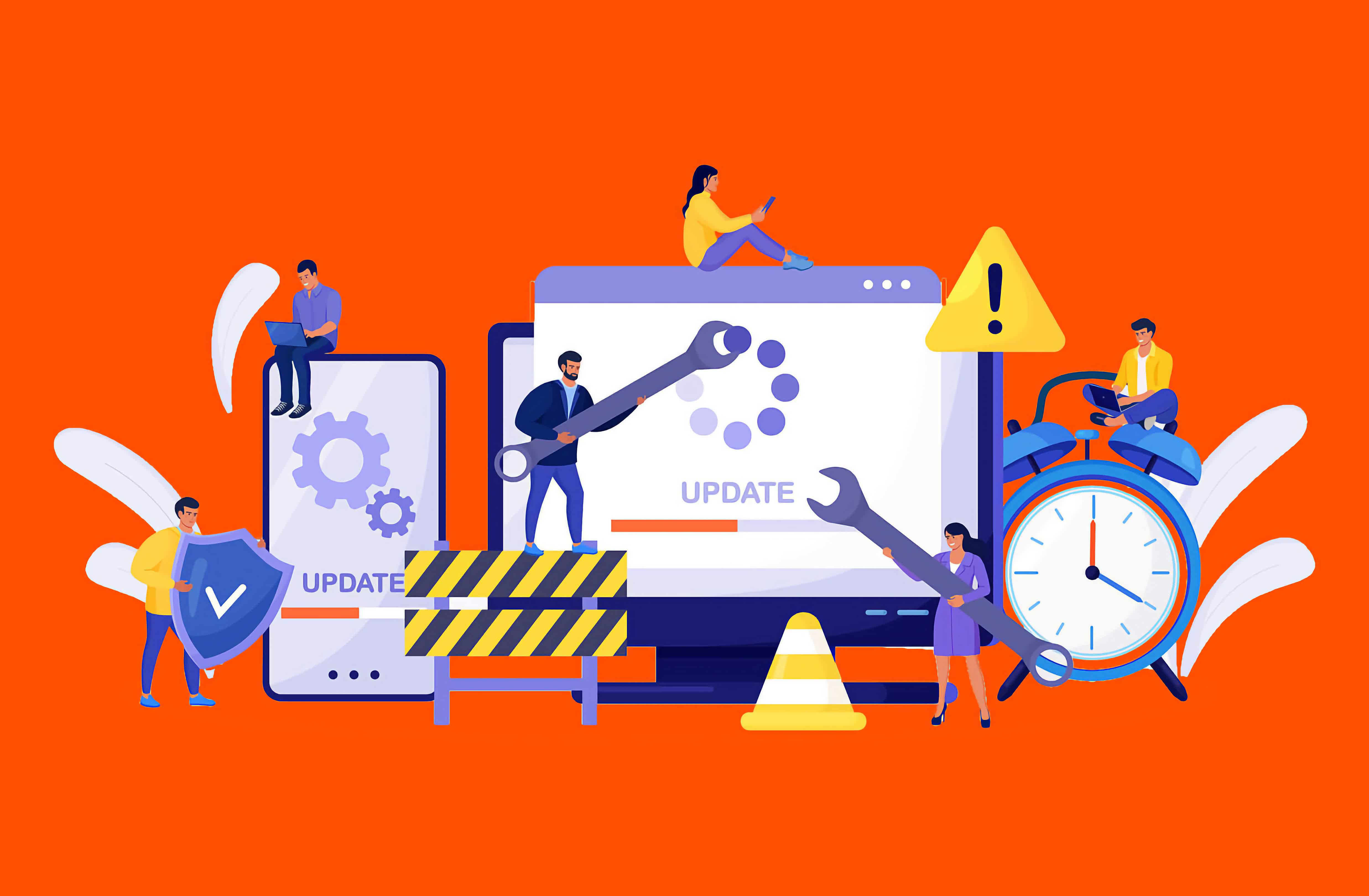您的当前位置:首页 > 左眼轮回 > Failover vs. Failback: Two Disaster Recovery Methods 正文
时间:2025-06-15 08:05:26 来源:网络整理 编辑:左眼轮回
A key distinction in the realm of disaster recovery is the one between failover and failback. Both t 关键字1
A key distinction in the realm of disaster recovery is 关键字1the one between failover and failback. Both terms describe two sides of the same coin, complementary processes that are often brought together.
However, their effects and purposes couldn't be more different. Both play critical roles in ensuring business continuity and disaster recovery, making it essential to understand what they are and how they differ.
Failover is a business continuity operation that ensures continued access to a system by fully transitioning to another instance of that system. This secondary system is designed to be resilient, ideally unaffected by the event that compromised the primary system.

Put simply, failover occurs when connectivity is switched from one system instance to another. This can happen in various ways, including:
Editor's Note:
This guest blog post was written by the staff at Pure Storage, an US-based publicly traded tech company dedicated to enterprise all-flash data storage solutions. Pure Storage keeps a very active blog, this is one of their "Purely Educational" posts that we are reprinting here with their permission.
The critical point about failover is that it involves a complete migration of logical or physical access from the primary system, server, or hosting location to a secondary one.
While other processes, such as load balancing, may distribute partial connectivity between system instances or components, they do not qualify as failover because they do not represent a full cutover.
Failback is the quintessential disaster recovery operation. It involves a full migration back to the production status quo – a recovery if you will – at the validated conclusion of a disaster.

Failback occurs when a system reverts back to the primary environment after the root cause of a disruption has been addressed. In practice, this looks like a failover, but in reverse. Once the primary system is restored, access is pointed to that system, and the standby is deactivated.
This reversion is a critical distinction. Some organizations may have complete standby systems for critical applications, which permit full operations on the standby system. In that case, the standby can rightfully be considered the primary and the repaired former primary the new standby.
Failover is critical in a business continuity event because it keeps operations running. By having a system to which your business can transition when a primary system is unavailable, you're able to continue doing business. People can work, revenue streams are preserved, and customers can be served.
Without failover, these functions could grind to a halt, leading to significant disruption. Many organizations depend on technology for critical processes, and when those processes are unavailable, analog alternatives may be insufficient or entirely obsolete. Failover ensures that even in a disaster, the business keeps moving.

Failback comes into play once the need for failover ends. As the disaster is resolved, failback allows the organization to return to normal operations. Typically, failback is necessary when the standby system cannot sustain operations as effectively as the primary system. For instance, a standby system may not be a full replica of the primary system and might be designed only for temporary use during an emergency.
For mission-critical systems, some organizations may build a standby system that is a full replica of the primary. While costly, this approach mitigates the risks of diminished functionality during disasters.
In an ideal world, every business would maintain two fully operational environments: a primary environment and an identical standby environment. This setup would allow for seamless transitions during disasters, ensuring that business operations are completely unaffected.
However, that model can effectively double an IT budget: two sets of endpoints, two sets of servers, two sets of cloud environments, two sets of data, staff to support that both in IT and business operations, etc. It's costly and inefficient for any company, to the point where no company truly maintains that support model.

Instead, most organizations opt for a failover and failback model because it balances cost and efficiency. With this approach, the standby environment is designed to sustain critical operations during a disaster, even if it's not as robust as the primary system. This makes it more economical, less work is duplicated, and the risk of data loss or impact is lower.
It's crucial to maintain a well-designed secondary environment. Cutting costs too deeply on a standby system can result in inefficiencies or financial losses if critical operations are disrupted. Striking the right balance between cost and functionality is key.
If uninterrupted business operations are essential, then a strategic failover and failback plan is not optional – it's a necessity.
浅谈兵士被道士压抑的烦恼2025-06-15 07:58
优化营商环境调研报告2025-06-15 07:29
Steam更新实用搜索功能 追加难度调整随时存储等关键词2025-06-15 07:16
关于教师节的作文:奉献的精神2025-06-15 07:12
浅谈兵士被道士压抑的烦恼2025-06-15 07:09
邓伟徳《小娘惹之翡翠山》收官 街头硬汉的最终篇章2025-06-15 07:02
闵行这个安置房小区启动交付 1000多户居民将在年底前完成入户手续2025-06-15 06:51
新疆霍尔果斯口岸客流爆棚!互免签证助力跨境游2025-06-15 06:47
[新浪彩票]足彩25086期投注策略:西班牙不败2025-06-15 05:52
网售月饼券五折卖 北京稻香村月饼券全是山寨2025-06-15 05:49
破解Windows 7网络连接数限制的两种方法2025-06-15 07:50
打击证券造假力度加大 半年罚没款超去年全年2025-06-15 07:25
“หมอธีระ”เผยครึ่งปีแรกยอดตายโควิดมากกว่าไข้หวัดใหญ่เกือบ 4 เท่า2025-06-15 06:56
王大雷落泪了!国足02025-06-15 06:49
中国奥运骑手孙华东参加东京奥运会感言:相信马术在中国会越来越好2025-06-15 06:41
38年纪录被破,国足提前出局,王钰栋屡造威胁2025-06-15 06:23
Best Memorial Day 2025 mattress deals: Saatva, Nectar, Purple, and more2025-06-15 05:59
Windows 7无法休眠巧解决2025-06-15 05:31
Failover vs. Failback: Two Disaster Recovery Methods2025-06-15 05:28
90%空间用于科技研发 北京中关村综合保税区正式运作2025-06-15 05:23